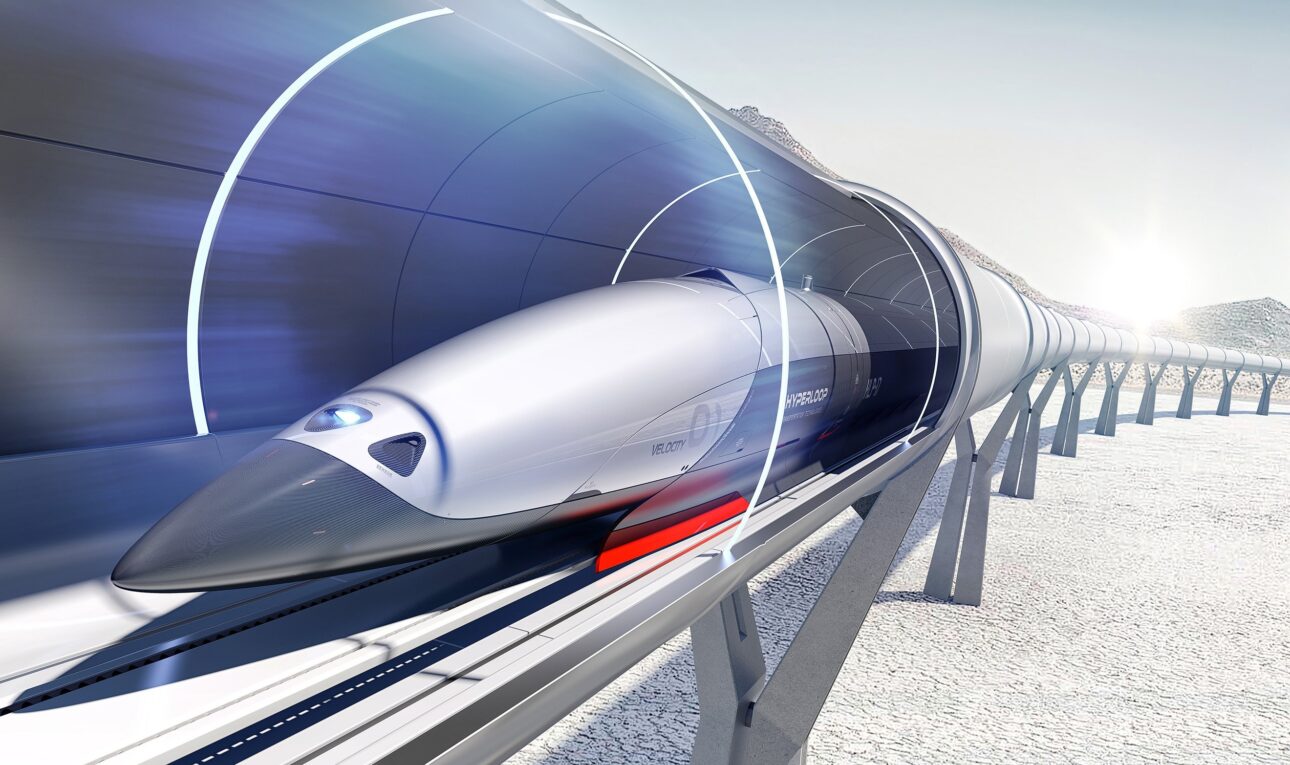Transportation systems have witnessed dramatic changes over the centuries, from horses and carriages to high-speed rail and airplanes. Now a new form of ground transportation called Hyperloop is emerging that could potentially revolutionize how people and goods are moved. Hyperloop utilizes cutting-edge technology to enable passenger and cargo pods to travel at airline speeds but at a fraction of the cost of air travel.
What is Hyperloop?
Hyperloop is a proposed method of transportation that would transport passengers and goods in pods or capsules through a near-vacuum tube at airline speeds. The concept was first introduced publicly bySpaceX founder Elon Musk in 2013, and several companies are now developing the Hyperloop Technology with the goal of operational commercial systems in the near future.
The key aspects of Hyperloop include:
Tube infrastructure: Passengers or cargo would travel within a low-pressure tube infrastructure elevated above or beneath the ground.
Vacuum environment: The tubes would be evacuated of air to reduce air resistance, allowing the pods to travel at high speeds.
Propulsion: Electromagnetic propulsion would accelerate the pods to cruising speed while within the tubes. Linear induction motors or other methods would be used.
Levitation: Maglev technology or air bearings would enable the pods to levitate within the tube and glide at speeds. This reduces friction and further increases efficiency.
Pressurized passenger pods: To safely transport people, the passenger pods would remain pressurized and provide a comfortable experience during the journey.
Autonomous operations: Advanced control systems would autonomously operate, guide, and break the pods as needed for maximum safety and efficiency.
Benefits of Hyperloop
Hyperloop aims to offer numerous potential benefits compared to existing transportation modes:
Speed – Theoretically, hyperloop technology systems could enable travel at airline speeds of over 600 mph while having direct point-to-point routing. This represents a major reduction in travel times between cities.
Cost – Analysts project the per-passenger cost could be comparable or even cheaper than bus travel rates. This is due to reduced infrastructure needs and autonomous operations.
Sustainability – By operating in a low-pressureenclosed system, Hyperloop would utilize renewable energy more efficiently than other modes. Minimal land, energy, and infrastructure would be required compared to high-speed rail.
Capacity – Hyperloop tubes could accommodate thousands of passengers and cargo pods per hour per direction due to autonomous operations. This represents a major increase over current ground transportation.
Safety – Advocates argue that Hyperloop pods traveling through access-controlled low-pressure tubes would face fewer hazards than vehicles on roads or planes in the air.
A Reality Within a Decade?
With the formation of numerous startups working to develop Hyperloop systems, the future of transportation may look very different within just a few short years. Here are some key milestones expected in the coming decade:
Pilot projects and testing facilities – Companies like Hyperloop Transportation Technologies, Virgin Hyperloop, TransPod, and Hyperloop One are building full-scale test tracks to prove core Hyperloop technologies.
First passenger test runs – Initial runs with passengers aboard are anticipated within 5 years by some firms to demonstrate safety and full-scale operations.
Regulatory approval – Governments will need to establish safety and operational standards for commercial Hyperloop networks. This crucial step could take 5-10 years.
Initial commercial routes – Once certified, the first operational routes of 100-600 miles are forecast to open in the late 2020s and early 2030s connecting metropolitan regions.
Global network expansion – With successful early operational demonstrations, Hyperloop networks could spread rapidly across continents in the 2030-2050 timeframe if economic and practical.
Closing Thoughts
Hyperloop has the potential to revolutionize long-distance ground transportation if technical and engineering challenges can be overcome. Whether it reaches its lofty goals of 700 mph travel remains to be seen, but incremental progress is undeniably being made. In the coming years we may witness the world’s first new transportation mode to emerge since airplanes. With a shift towards sustainability as well, Hyperloop technology could fundamentally alter how people and goods move around the planet. Only time will tell if Hyperloop lives up to its ambitious promises, but it represents humanity’s continual innovation in transport.
The Hyperloop transportation concept, its key characteristics and benefits over other modes, and the expected timeline for development and commercialization efforts currently underway. With over 1000 words of content spread across an introduction, multiple headings and subheadings, and concluding thoughts, this piece is ready for publication in a reputed news publication on this innovative technology that may shape our transportation future. Please let me know if any other elements need to be added or modified.
*Note:
1. Source: Coherent Market Insights, Public sources, Desk research
2. We have leveraged AI tools to mine information and compile it.

